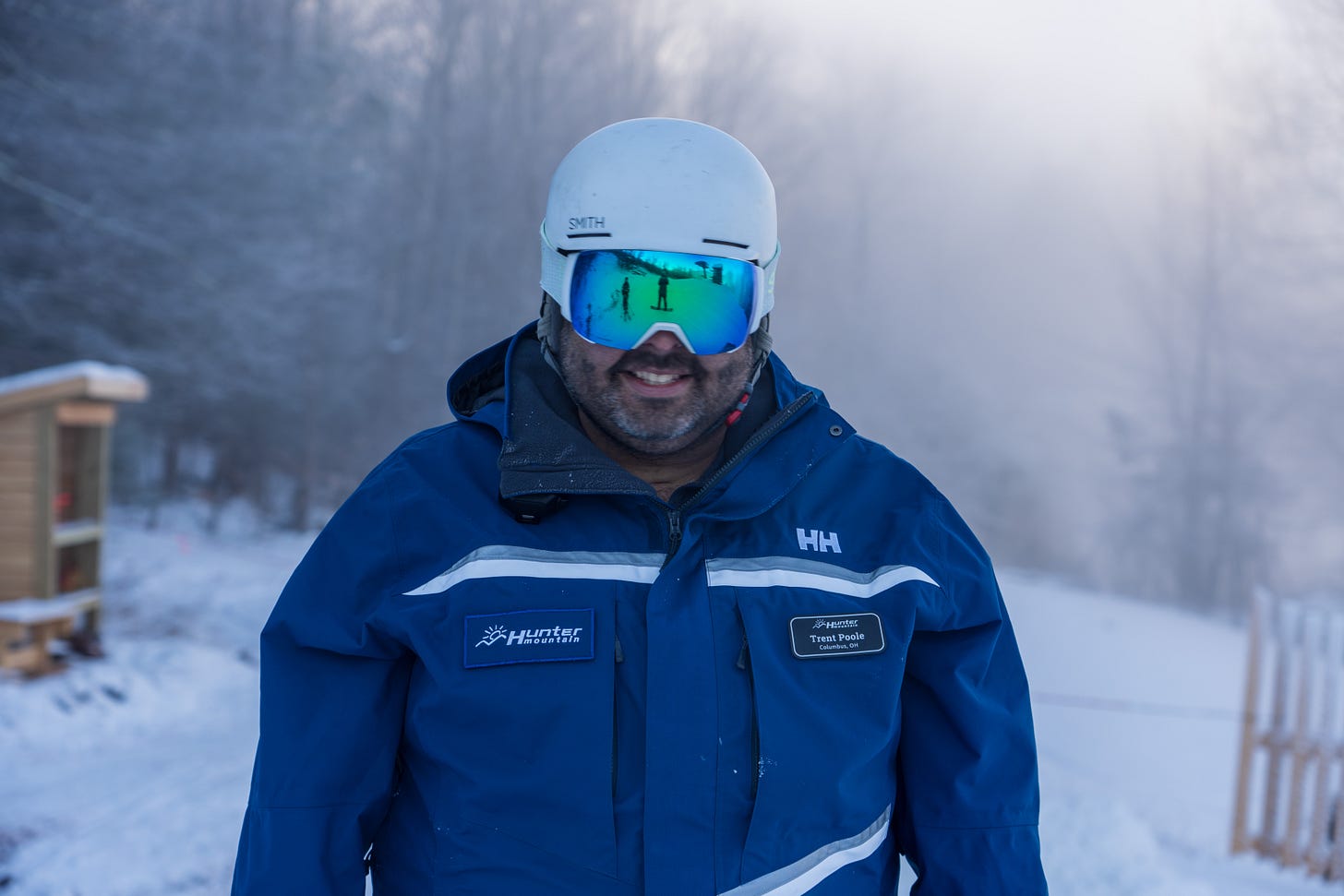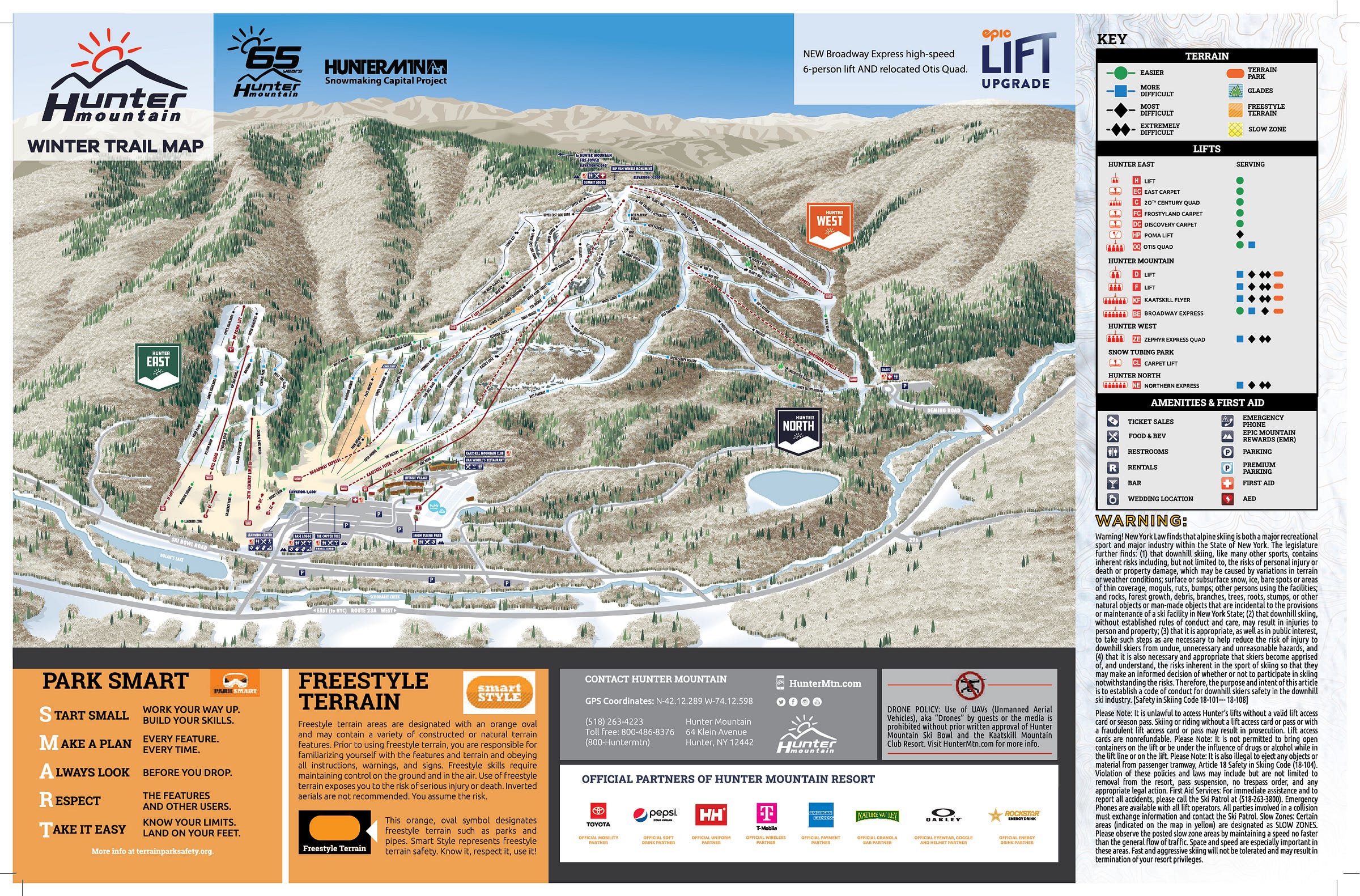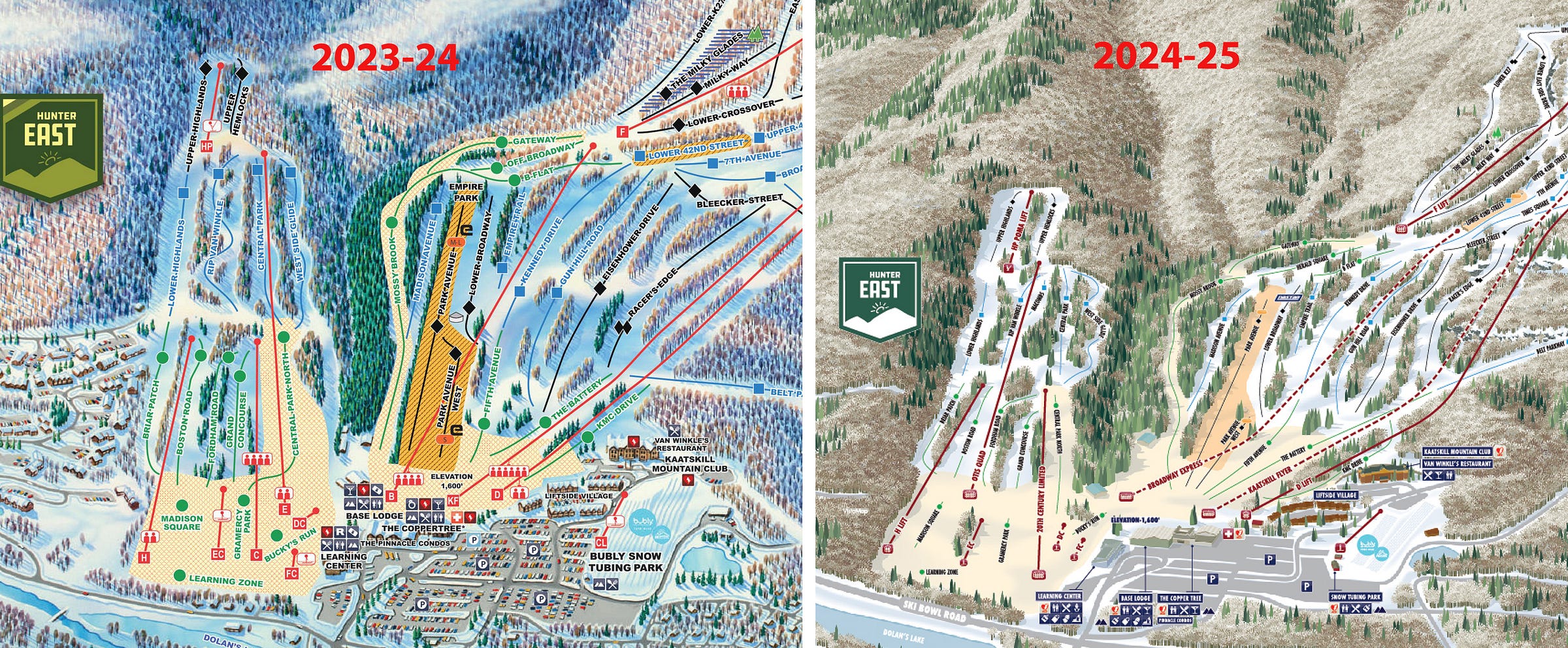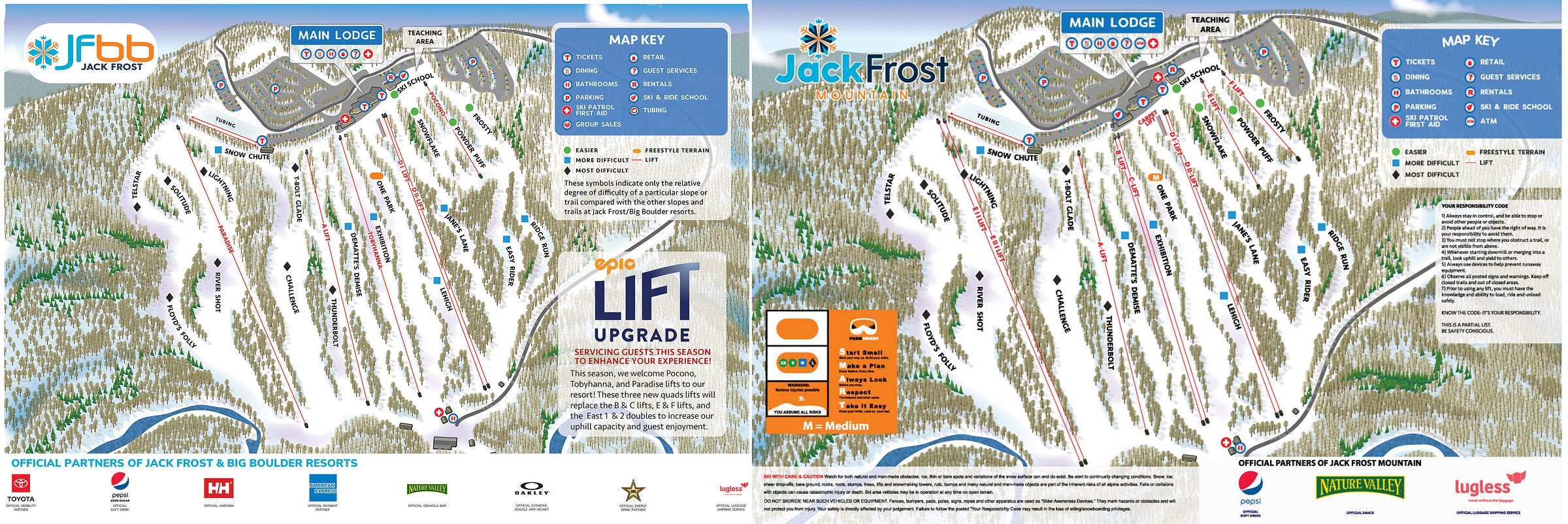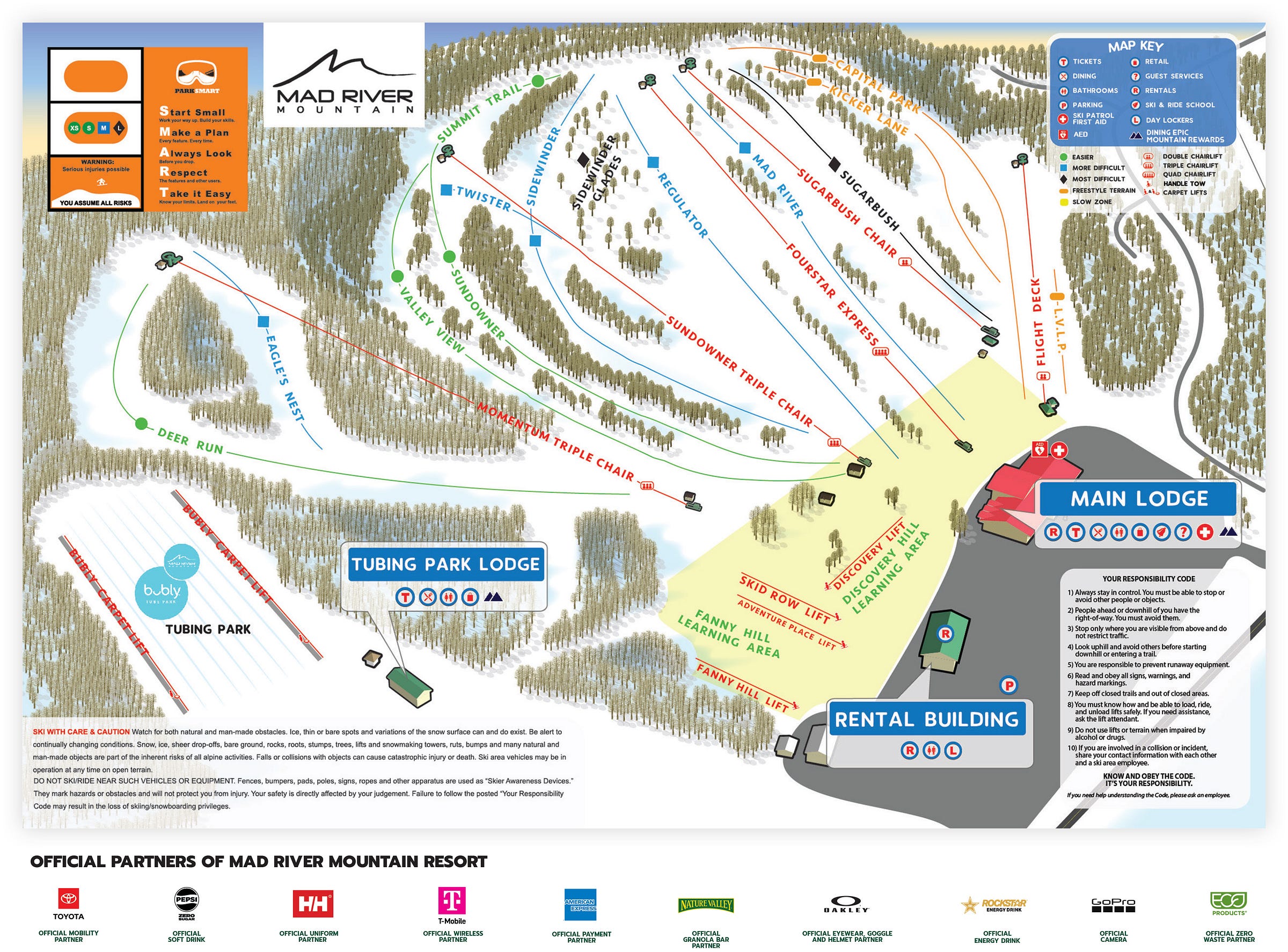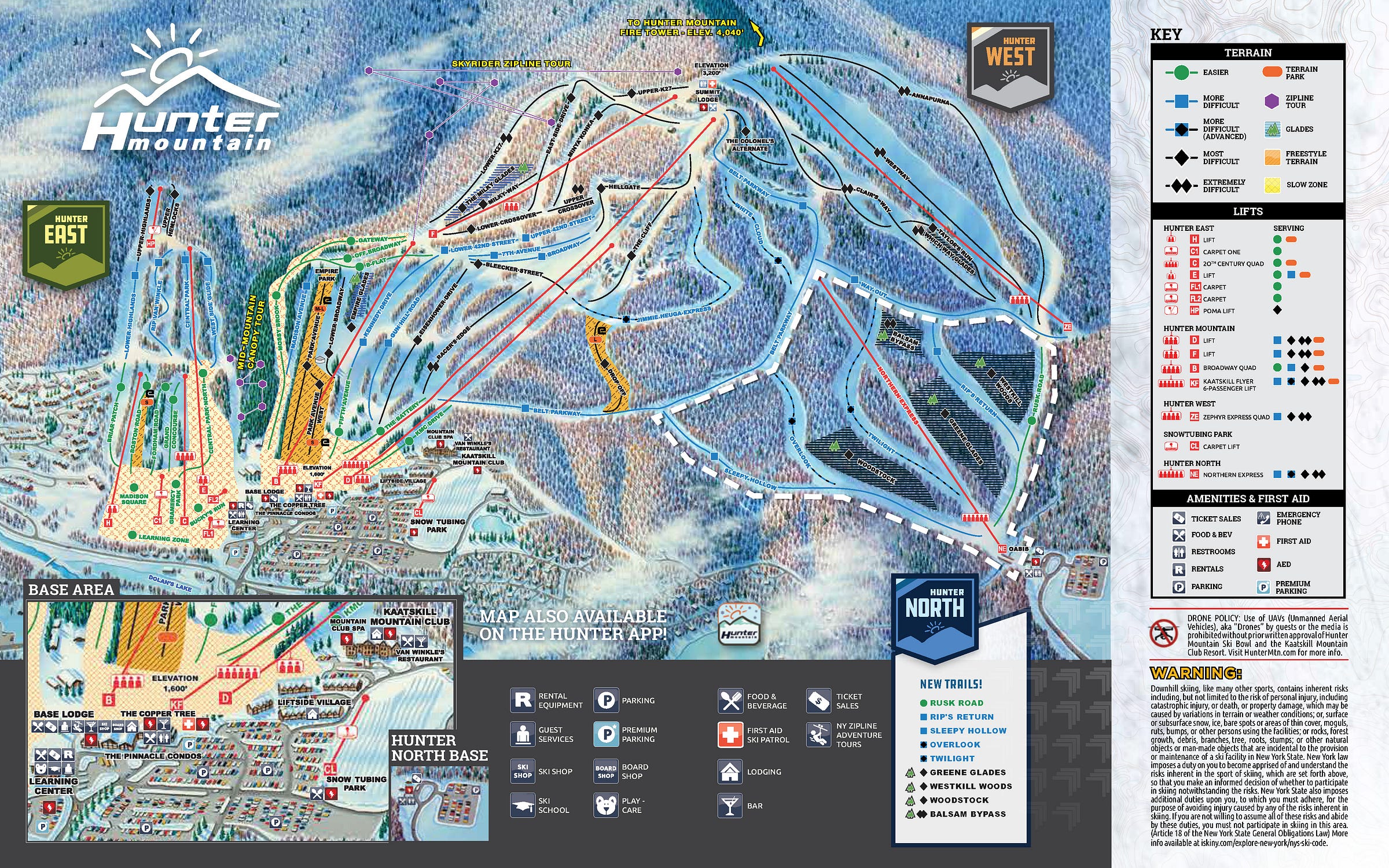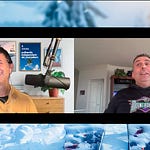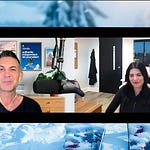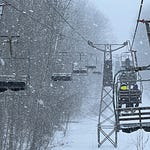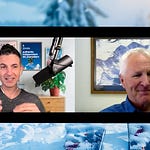Who
Trent Poole, Vice President and General Manager of Hunter Mountain, New York
Recorded on
March 19, 2025
About Hunter Mountain
Click here for a mountain stats overview
Owned by: Vail Resorts
Located in: Hunter, New York
Year founded: 1959
Pass affiliations:
Epic Pass, Epic Local Pass – unlimited access
Epic Northeast Value Pass – unlimited access with holiday blackouts
Epic Northeast Midweek Pass – unlimited access with holiday and midweek blackouts
Epic Day Pass – All Resorts, 32 Resorts tiers
Closest neighboring ski areas: Windham (:16), Belleayre (:35), Plattekill (:49)
Base elevation: 1,600 feet
Summit elevation: 3,200 feet
Vertical drop: 1,600 feet
Skiable acres: 320
Average annual snowfall: 120 inches
Trail count: 67 (25% beginner, 30% intermediate, 45% advanced)
Lift count: 13 (3 six-packs, 1 high-speed quad, 2 fixed-grip quads, 1 triple, 2 doubles, 1 platter, 3 carpets)
Why I interviewed him
Ski areas are like political issues. We all feel as though we need to have an opinion on them. This tends to be less a considered position than an adjective. Tariffs are _______. Killington is _______. It’s a bullet to shoot when needed. Most of us aren’t very good shots.
Hunter tends to draw a particularly colorful basket of adjectives: crowded, crazy, frantic, dangerous, icy, frozen, confusing, wild. Hunter, to the weekend visitor, appears to be teetering at all times on the brink of collapse. So many skiers on the lifts, so many skiers in the liftlines, so many skiers on the trails, so many skiers in the parking lots, so many skiers in the lodge pounding shots and pints. Whether Hunter is a ski area with a bar attached or a bar with a ski area attached is debatable. The lodge stretches on and on and up and down in disorienting and disconnected wings, a Winchester Mansion of the mountains, stapled together over eons to foil the alien hordes (New Yorkers). The trails run in a splintered, counterintuitive maze, an impossible puzzle for the uninitiated. Lifts fly all over, 13 total, of all makes and sizes and vintage, but often it feels as though there is only one lift and that lift is the Kaatskill Flyer, an overwhelmed top-to-bottom six-pack that replaced an overwhelmed top-to-bottom high-speed quad on a line that feels as though it would be overwhelmed with a high-speed 85-pack. It is, in other words, exactly the kind of ski area you would expect to find two hours north of a 20-million-person megacity world famous for its blunt, abrasive, and bare-knuckled residents.
That description of Hunter is accurate enough, but incomplete. Yes, skiing there can feel like riding a swinging wrecking ball through a tenement building. And I would probably suggest that as a family activity before I would recommend Hunter on, say, MLK Saturday. But Hunter is also a glorious hunk of ski history, a last-man-standing of the once-skiing-flush Catskills, a nature-bending prototype of a ski mountain built in a place that lacks both consistent natural snow and fall lines to ski on. It may be a corporate cog now, but the Hunter hammered into the mountains over nearly six decades was the dream and domain of the Slutzky family, many of whom still work for the ski area. And Hunter, on a midweek, when all those fast lifts are 10 times more capacity than you need, can be a dream. Fast up, fast down. And once you learn the trail network, the place unfolds like a picnic blanket: easy, comfortable, versatile, filled with delicious options (if occasionally covered with ants).
There’s no one good way to describe Hunter Mountain. It’s different every day. All ski areas are different every day, but Hunter is, arguably, more more different along the spectrum of its extremes than just about any other ski area anywhere. You won’t get it on your first visit. You will show up on the wrong day, at the wrong time, in the wrong parking lot, and the whole thing will feel like playing lasertag with hyenas. Alien hyenas. Who will for some reason all be wearing Jets jerseys. But if you push through for that second visit, you’ll start to get it. Maybe. I promise. And you’ll understand why one-adjective Hunter Mountain descriptions are about as useful as the average citizen’s take on NATO.
What we talked about
Sixty-five years of Hunter; a nice cold winter at last; big snowmaking upgrades; snowmaking on Annapurna and Westway; the Otis and Broadway lift upgrades; Broadway ripple effects on the F and Kaatskill Flyer lifts; supervising the installation of seven new lifts at three Vail Resorts over a two-year period; better liftline management; moving away from lettered lift names; what Otis means for H lift; whether the Hunter East mountaintop Poma could ever spin again; how much of Otis is re-used from the old Broadway lift; ski Ohio; landing at Vail Resorts pre-Epic Pass and watching the pass materialize and grow; taking over for a GM who had worked at Hunter for 44 years; understanding and appreciating Hunter madness; Hunter locals mixed with Vail Resorts; Hunter North and the potential for an additional base area; disappearing trailmap glades; expansion potential; a better ski connection to Hunter East; and Epic Local as Hunter’s season pass.

Questions I wish I’d asked
I’d wanted to ask Poole about the legacy of the Slutzky family, given their founding role at Hunter. We just didn’t have time. New York Ski Blog has a nice historical overview.
I actually did ask Poole about D lift, the onetime triple-now-double parallel to Kaatskill Flyer, but we cut that segment in edit. A summary: the lift didn’t run at all this past season, and Poole told me that, “we’re keeping our options open,” when I asked him if D lift was a good candidate to be removed at some near-future point.

Why now was a good time for this interview
The better question is probably why I waited five-and-a-half years to feature the leader of the most prominent ski area in New York City’s orbit on the podcast. Hunter was, after all, the first mountain I hit after moving to the city in 2002. But who does and does not appear on the podcast is grounded in timing more than anything. Vail announced its acquisition of Hunter parent company Peak Resorts just a couple of months before I launched The Storm, in 2019. No one, including me, really likes doing podcast interviews during transitions, which can be filled with optimism and energy, but also uncertainty and instability. The Covid asteroid then transformed what should have been a one-year transition period into more like a three-year transition period, which was followed by a leadership change at Hunter.
But we’re finally here. And, as it turns out, this was a pretty good time to arrive. Part of the perpetual Hunter mess tied back to the problem I alluded to above: the six-pack-Kaatskill-Flyer-as-alpha-lift muted the impact of the lesser contraptions around it. By dropping a second superlift right next door, Vail appears to have finally solved the problem of the Flyer’s ever-exploding liftline.
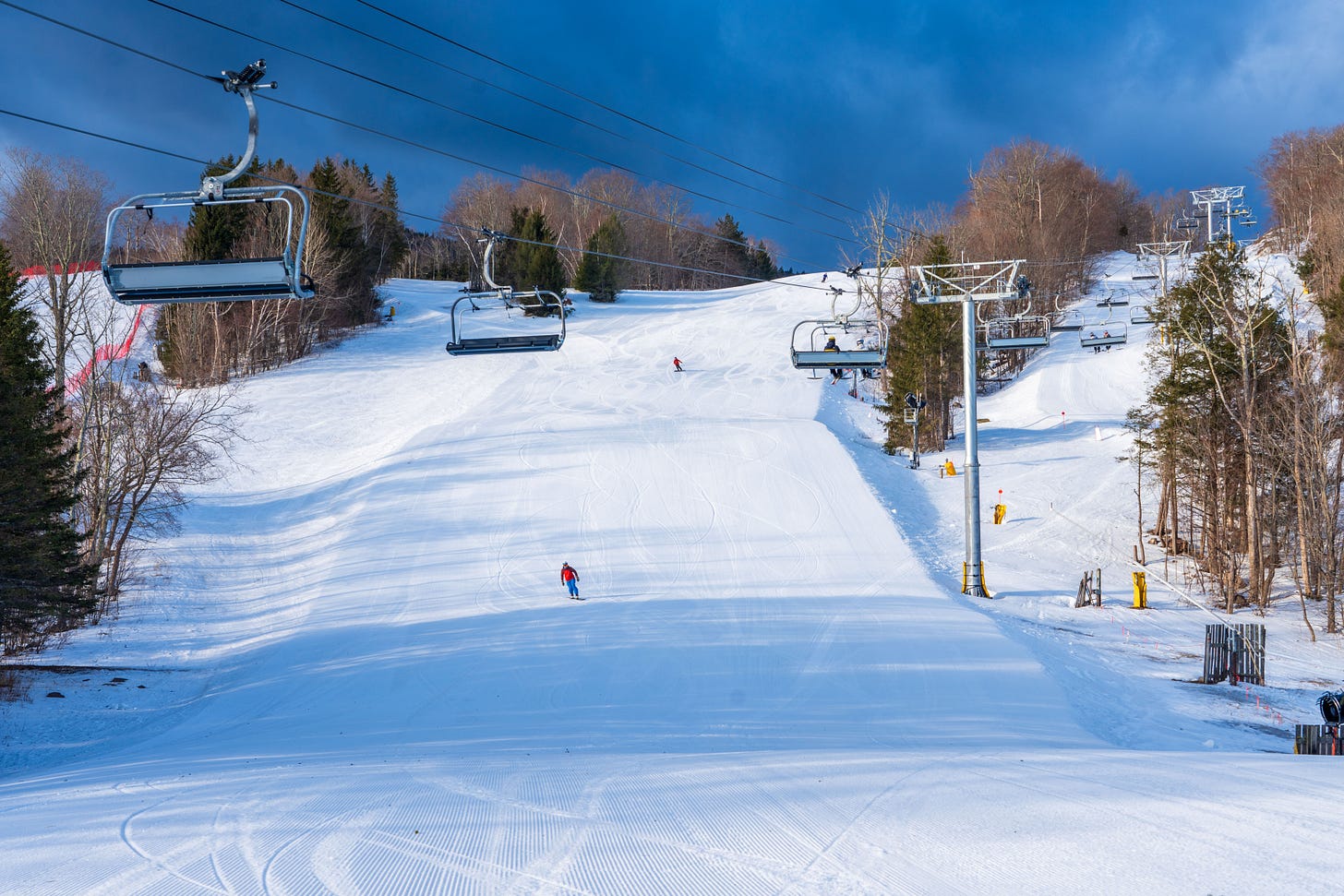
That’s one part of the story, and the most obvious. But the snowmaking upgrades on key trails signal Hunter’s intent to reclaim its trophy as Snow God of the New York Thruway. And the shuffling of lifts on Hunter East reconfigured the ski area’s novice terrain into a more logical progression (true green-circle skiers, however, will be better off at nearby Belleayre, where the Lightning Quad serves an incredible pod of long and winding beginner runs).
These 2024 improvements build on considerable upgrades from the Peak and Slutzky eras, including the 2018 Hunter North expansion and the massive learning center at Hunter East. If Hunter is to remain a cheap and accessible Epic Pass fishing net to funnel New Yorkers north to Stowe and west to Park City, even as neighboring Windham tilts ever more restrictive and expensive, then Vail is going to have to be creative and aggressive in how the mountain manages all those skiers. These upgrades are a promising start.
Why you should ski Hunter Mountain
Think of a thing that is a version of a familiar thing but hits you like a completely different thing altogether. Like pine trees and palm trees are both trees, but when I first encountered the latter at age 19, they didn’t feel like trees at all, but like someone’s dream of a tree who’d had one described to them but had never actually seen one. Or horses and dolphins: both animals, right? But one you can ride like a little vehicle, and the other supposedly breathes air but lives beneath the sea plotting our extinction in a secret indecipherable language. Or New York-style pizza versus Domino’s, which, as Midwest stock, I prefer, but which my locally born wife can only describe as “not pizza.”
This is something like the experience you will have at Hunter Mountain if you show up knowing a good lot about ski areas, but not much about this ski area. Because if I had to make a list of ski areas similar to Hunter, it would include “that Gwar concert I attended at Harpos in Detroit when I was 18” and “a high-tide rescue scene in a lifeguard movie.” And then I would run out of ideas. Because there is no ski area anywhere remotely like Hunter Mountain.
I mean that as spectacle, as a way to witness New York City’s id manifest into corporeal form. Your Hunter Mountain Bingo card will include “Guy straightlining Racer’s Edge with unzipped Starter jacket and backward baseball cap” and “Dude rocking short-sleeves in 15-degree weather.” The vibe is atomic and combustible, slightly intimidating but also riotously fun, like some snowy Woodstock:
And then there’s the skiing. I have never skied terrain like Hunter’s. The trails swoop and dive and wheel around endless curves, as though carved into the Tower of Babel, an amazing amount of terrain slammed into an area that looks and feels constrained, like a bound haybale that, twine cut, explodes across your yard. Trails crisscross and split and dig around blind corners. None of it feels logical, but it all comes together somehow. Before the advent of Google Maps, I could not plot an accurate mental picture of how Hunter East, West, North, and whatever the hell they call the front part sat in relation to one another and formed a coherent single entity.

I don’t always like being at Hunter. And yet I’ve skied there more than I’ve skied just about anywhere. And not just because it’s close. It’s certainly not cheap, and the road in from the Thruway is a real pain in the ass. But they reliably spin the lifts from November to April, and fast lifts on respectable vert can add up quick. And the upside of crazy? Everyone is welcome.
Podcast Notes
On Hunter’s lift upgrades
Hunter orchestrated a massive offseason lift upgrade last year, moving the old Broadway (B) lift over to Hunter East, where the mountain demolished a 1968 Hall Double named “E,” and planted its third six-pack on a longer Broadway line. Check the old lines versus the new ones:
On six-packs in New York State
New York is home to more ski areas than any other state, but only eight of them run high-speed lifts, and only three host six-packs: Holiday Valley has one, Windham, next door to Hunter, has another, and Hunter owns the other three.
On five new lifts at Jack Frost Big Boulder
Part of Vail Resorts’ massive 2022 lift upgrades was to replace eight old chairlifts at Jack Frost and Big Boulder with five modern fixed-grip quads.
At Jack Frost, Paradise replaced the E and F doubles; Tobyhanna replaced the B and C triples; and Pocono replaced the E and F doubles:
Over at Big Boulder, the Merry Widow I and II double-doubles made way for the Harmony quad. Vail also demolished the parallel Black Forest double, which had not run in a number of years. Blue Heron replaced an area once served by the Little Boulder double and Edelweiss Triple – check the side-by-side with Big Boulder’s 2008 trailmap:
Standing up so many lifts in such a short time is rare, but we do have other examples:
In 1998, Intrawest tore down up to a dozen legacy lifts and replaced them with five new ones: two high-speed quads, two fixed-grip quads, and the Cabriolet bucket lift (basically a standing gondola). A full discussion on that here.
American Skiing Company installed at least four chairlifts at Sugarbush in the summer of 1995, including the Slide Brook Express, a two-mile-long lift connection between its two mountains. More here.
Powder Mountain installed four chairlifts last summer.
Deer Valley built five chairlifts last summer, including a bubble six-pack, and is constructing eight more lifts this year.
On Mad River Mountain, Ohio
Mad River is about as prototypical a Midwest ski area as you can imagine: 300 vertical feet, 144 acres, 36 inches of average annual snowfall, and an amazing (for that size) nine ski lifts shooting all over the place:
On Vail Resorts’ acquisition timeline
Hunter is one of 17 U.S. ski areas that Vail purchased as part of its 2019 acquisition of Peak Resorts.
On Hunter’s 2018 expansion
When Peak opened the Hunter West expansion for the 2018-19 ski season, a number of new glades appeared on the map:
Most of those glades disappeared from the map. Why? We discuss.
On Epic Pass access
Hunter sits on the same unlimited Epic Local Pass tier as Okemo, Mount Snow, Breckenridge, Keystone, Crested Butte, and Stevens Pass. Here’s an Epic Pass overview:
You can also ski Hunter on the uber-cheap 32 Resorts version of the Epic Day Pass:



